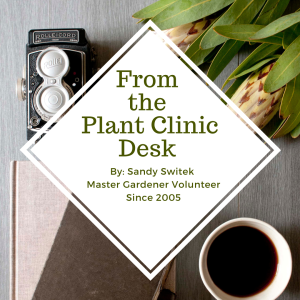Why do tropical plants freeze in one part of the yard and not another?
Though we do not often think about this, the temperature is often not exactly the same in every part of the yard. In fact, every area of my yard reads a different temperature, during both night and day.
Of course the sun is a big factor during the day. Trees will lower the temperature, due to the shade and leafy canopy.
What do they do during cold nights?
In this case, they provide some insulation from the cold, while also providing some frost protection with their canopies. Trees and large shrubs can also provide some wind protection.
More factors to consider
- Your house, it will continually lose heat to the outside on a cold night, which heats the space near the walls. The south side of the house can offer a lot of wind protection on cold winter nights as well. The north side is not likely to protect as well.
- Most frosts occur when there is little wind, so that tree canopies are particularly valuable to protect tender plants. However, a very windy night with a strong freeze is more likely to just damage most everything tropical.
During our recent freeze, results from microclimates were seen. Lawns look far worse in areas of yards which are farther from houses, trees or shrubs. As you get nearer the houses and trees, plants and lawns look better.
Here are a few recent photos and observations. Since I am not willing to go out and cover things, all of my plants are on their own whenever the weather turns cold.
The red spiral ginger is not hardy.
Only a few stems under the eaves survived. The plant will produce new stems from roots.
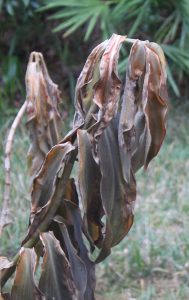
Many plants called gingers are unrelated to each other. This variegated shell ginger is hardy in zone 9b. It is growing 1 foot away from the red ginger.
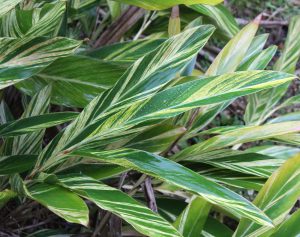
The tropical hibiscus by the south wall of the house escaped damage.
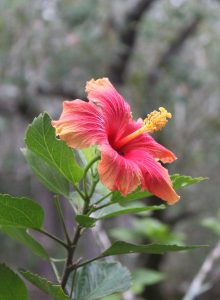
The firebush is not hardy, but will return from stems nearer the ground. We just put up with it, due to its ability to attract large numbers of butterflies and hummingbirds during the summer.
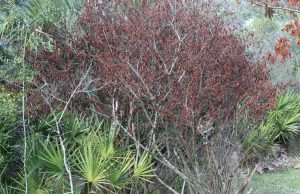
Azaleas are hardy here.
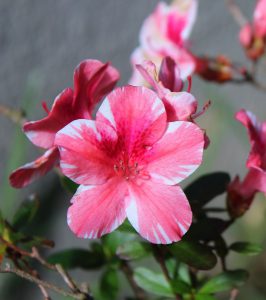
The Florida Coontie is another winner.

The Camellia Japonica blooms on, regardless of the weather.
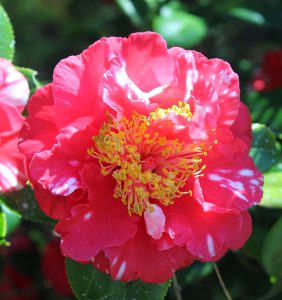
A wooded natural area endures all of our conditions.

Need more information:
For more information about Florida Friendly Plants you can email me at epabon5@ufl.edu or like us to learn about new classes or events at Gardening in Central Florida
By: Sandy Switek since 2005 and Eva Maria Pabon Residential Horticulture Agent
Do you want to read more about gardening? Follow our blog Eva Pabon, Author at UF/IFAS Extension Osceola County (ufl.edu)
 0
0
